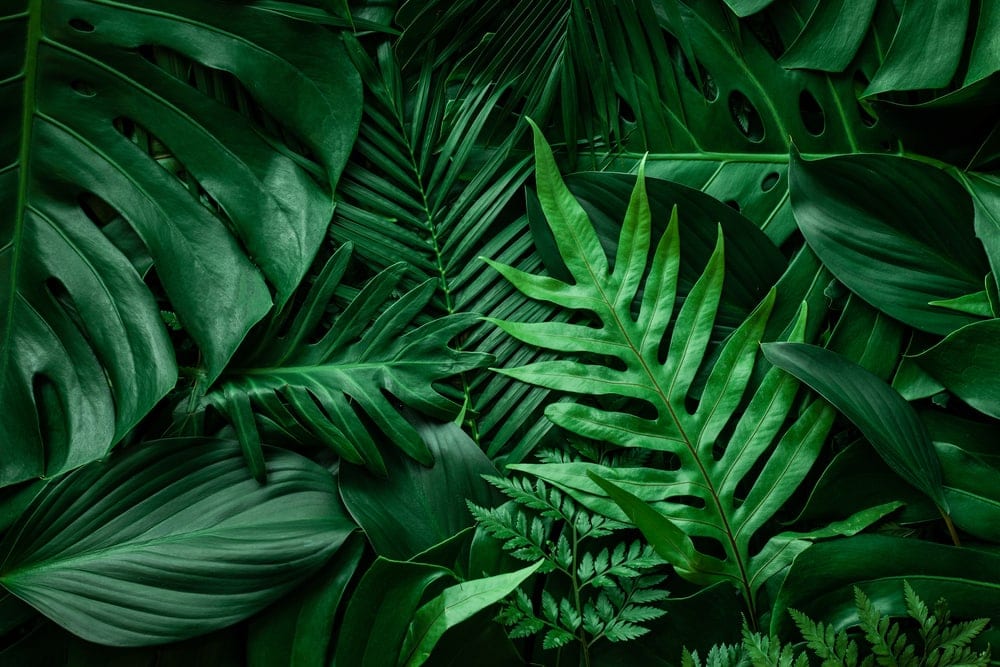What is an observation you can make?
Anything observable from the picture.
Example:
- The tree branch is broken.
- There is a sailboat in the water.
- There are three rocks in the pond.
What is true about all leaves (including needles)?

All leaves help a plant make food through photosynthesis.
Define vertebrate.
An animal with a backbone.
An animal without a backbone.
Define migration.
Ex: When animals leave colder areas with less food, and travel to places with warmer weather and more food.
What is an inference you can make about the picture?

Anything you can infer from the picture.
Example:
- The boy fell into the water when the branch broke.
- The boy was climbing on the tree branch.
- The boy jumped into the water to get his sailboat.
- The goat is his pet.
Stems and trunks have an important function. What do they do for the plant?

They provide support and they carry nutrients from the roots.
Mammals are a specific type of vertebrate. What characteristics do mammals have in common?
Have hair, give live birth and feed milk to their young. They also breathe oxygen using lungs and are warm blooded.
What is an example of an arthropod?
Ex: hermit crabs, lobsters, crabs, spiders, mites, insects, centipedes, and millipedes.
Define hibernation.
Ex: Animals find shelter and "sleep" for a long period of time. Their bodies survive off of extra fat that has been stored.
The students in Mr. Brown's class wondered if the class hamster, Fluffy, likes to eat carrots or lettuce more. Which investigation would be best to answer their question?
A. The class could read a book about what types of foods hamsters can eat.
B. The class could feed Fluffy only lettuce and observe if he eats the lettuce.
C. The class could feed Fluffy only carrots and observe if he eats the carrots.
D. The class could place both foods in the cage and observe which food Fluffy chooses.
D. The class could place both foods in the cage and observe which food Fluffy chooses.
Plants reproduce in different ways. Describe the ways that plants can reproduce.
Seeds
Cones with seeds
Spores
Birds are a specific type of vertebrate. What characteristics do all birds have in common?
They have feathers, wings and are warm blooded. They also lay eggs.
Which one is an invertebrate?
a. rabbit
b. snake
c. crab
d. fish
c. crab
You want to start a lawn mowing business. What season would most likely provide you with the most money?
Summer
Why would scientists use models?
Ex: To study things that are too large or small in real life.
How do plants respond to light and gravity?

Roots grow down to anchor the plant and find nutrients, and stems grow up toward the light.
What type of vertebrate am I?
I have gills when I am young, but develop lungs later on. I start my life in water but eventually I leave (but still prefer to live close).
Amphibian
Which of the following is not an invertebrate?
a. beetle
b. crab
c. grasshopper
d. starfish
Adaptations allow plants and animals to respond to the changing seasons. How do some animals respond to spring?
Ex: they may shed their fur, wake up from hibernation, etc.
Why do scientists classify plants and animals?
Scientists classify plants and animals so they can better understand them. They can also learn from one another by comparing their data.
You want to plant an apple tree, an oak tree, a pine tree, and a lemon tree. Which would you classify as flowering?
Apple, oak and lemon trees. The pine tree produces cones/seeds.
What do humans have in common with chickens?
Ex: They have backbones/are vertebrates. Warm-blooded.
Doug is observing a terrarium he had made. It has an ant and a snail inside.
How can these animals be classified?
A. invertebrates
B. insects
C. fish
D. arthropods
a. invertebrates
Adaptations allow plants and animals to respond to the changing seasons. What is something plants do the survive in the fall and winter?
They begin to lose their leaves and may go into dormancy.